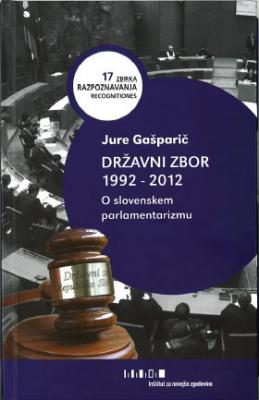National Assembly of the Republic of Slovenia 1992-2012: O slovenskem parlamentarizmu
Keywords:
National assembly, parlamentarism, Slovenia, history, political transitionSynopsis
The modern democraticallyelected European parliaments of the 19љ and 20th Century have always been public institutions where an exchange of viewpoints and opinions, regulated by rules, has taken place under the watchful eye of the public. Although the parliaments have differed from one another in Europe, they have nevertheless had many common points: they have been elected bodies (even if elected in various ways), meeting regularly, discussing social issues and finally reaching decisions by voting for them. However, the manner of elections as well as the ways in which they have operated and led discussions have varied considerably from one another. We refer to parliamentary practices in various parliaments as parliamentary culture, which is quite diverse across Europe. It is this very parliamentary culture which largely affects the relationship between the parliament and the public. The modern democracy calls for our trust in the political institutions - trust is even what the modern democracy is based on. However, comparatively speaking the trust in the parliament as the central legislative and representative body is relatively limited in the majority of European countries.

Published
Print ISSN
License

This work is licensed under a Creative Commons Attribution-NonCommercial-NoDerivatives 4.0 International License.

